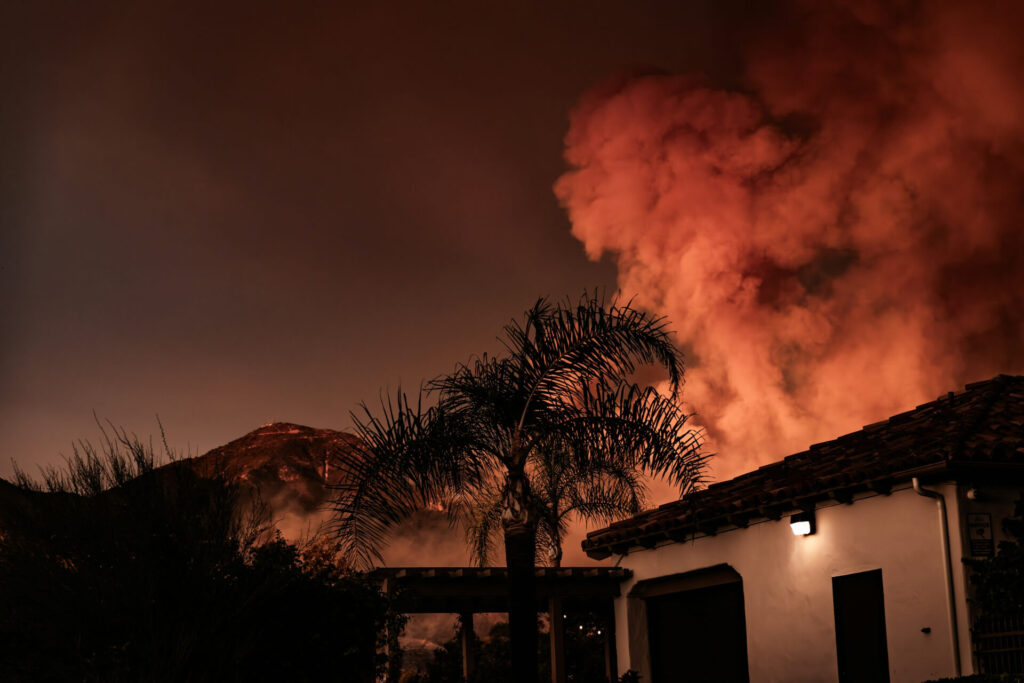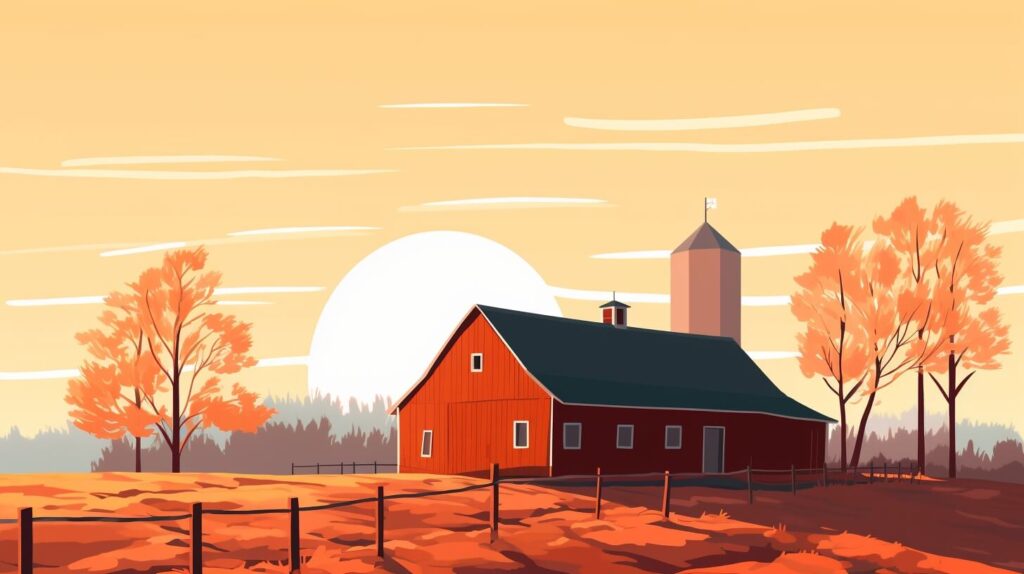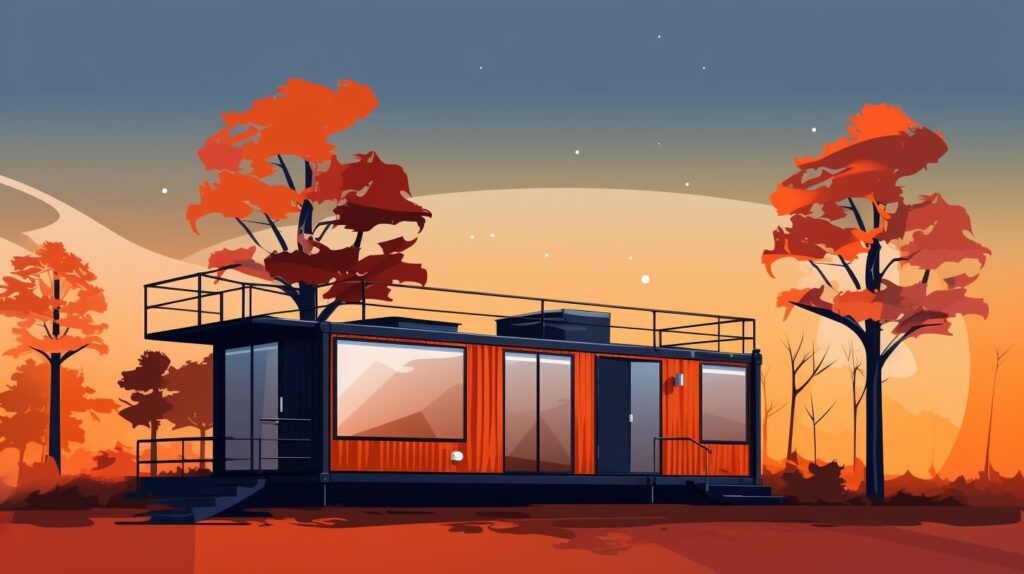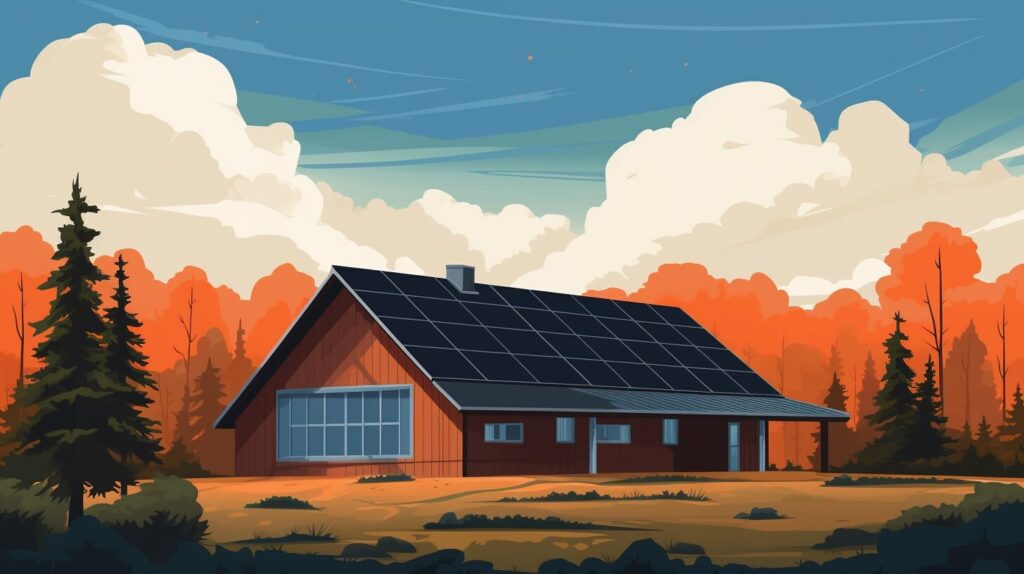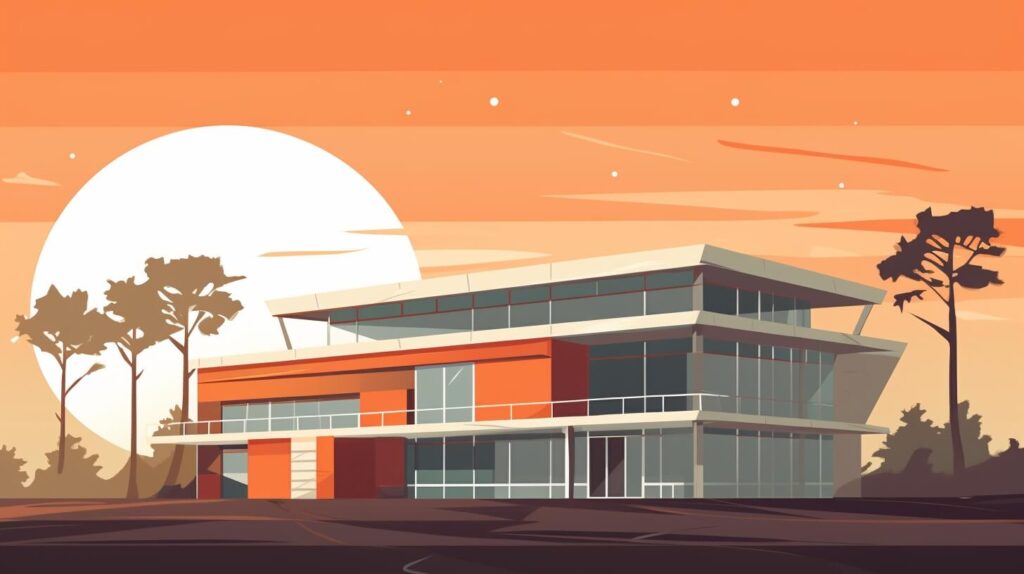
We are reader-supported. When you buy through links on our site, we may earn an affiliate commission.
Bamboo is rapidly gaining recognition as one of the most versatile and sustainable materials in modern construction. With its impressive strength, rapid growth and natural beauty, bamboo is redefining the way we think about building materials. From eco-conscious builders to innovative architects, more and more professionals are turning to bamboo for its cost-effectiveness, environmental benefits and remarkable durability. Here are 11 reasons why bamboo is an excellent construction material.
- It’s One of the Fastest-Growing Plants on Earth
Bamboo is nothing short of a marvel in the plant kingdom, earning its title as one of the fastest-growing plants on Earth. With certain species capable of reaching heights of over 100 feet, bamboo can grow about 23 inches in a single day.
This remarkable growth rate makes bamboo an incredibly sustainable building material and a key player in combating deforestation. Unlike traditional timber — which takes decades to mature — you can harvest bamboo in just three to five years, allowing for a renewable supply that supports eco-friendly construction practices.
- It Plays a Key Role in Carbon Sequestration
Bamboo is pivotal in carbon sequestration, making it a powerhouse in the fight against climate change. As it grows, bamboo absorbs carbon dioxide from the atmosphere at an astonishing rate — about 17 tons per hectare per year. This means that every ton of bamboo cultivated removes approximately 0.2 tons of carbon dioxide from the air. Its rapid growth cycle means that forests can sequester significant amounts of carbon in a short period, mitigating greenhouse gas emissions and combating climate change.
Additionally, bamboo’s ability to store carbon extends beyond its life cycle. Once harvested and used in construction, it continues to sequester carbon within the materials. Unlike conventional building materials that may release carbon back into the atmosphere during decomposition, bamboo remains a long-term carbon sink, contributing to carbon storage in buildings and infrastructure.
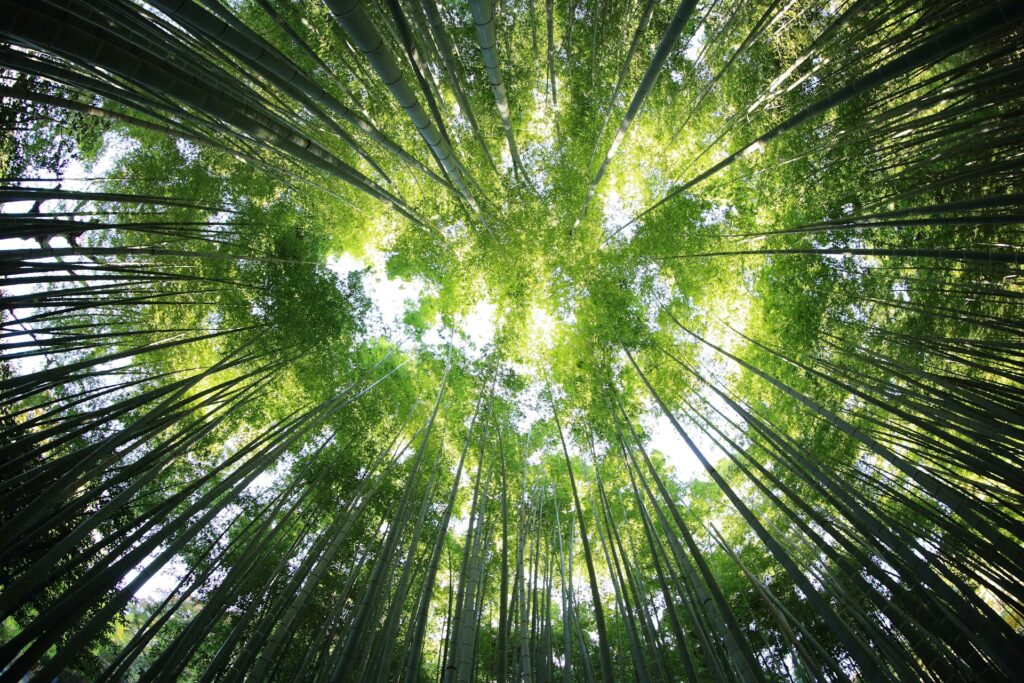
- It’s a Renewable Resource
Bamboo is often hailed as one of the most renewable resources available, making it a standout choice for sustainable construction. The rapid growth means new shoots can be continually produced, allowing for a sustainable supply without replanting. Additionally, the extensive root system remains intact even after harvesting, which prevents soil erosion and maintains the health of the surrounding ecosystem. By choosing bamboo for construction, builders can effectively minimize their reliance on slower-growing timber sources and contribute to a more sustainable future.
Plus, you can harvest bamboo multiple times without damaging the plant. This unique characteristic allows bamboo forests to thrive for years, providing consistent and eco-friendly material.
- It’s Stronger Than Steel
Bamboo’s incredible strength-to-weight ratio makes it a remarkable building material, often cited as being stronger than steel in terms of tensile strength. This means that while bamboo is lightweight and easy to work with, it can withstand significant amounts of tension without breaking. When tested, certain species have shown to have a tensile strength comparable to that of steel, making it an ideal choice for construction projects requiring durability and flexibility.
Bamboo’s cellular structure also contributes to its impressive strength. The hollow nodes and fibrous composition provide natural reinforcement, allowing bamboo to bend rather than snap under pressure. This flexibility reduces the risk of structural failure.
- It Can Withstand High Winds
Bamboo is also exceptionally resilient and well-suited for withstanding high winds, a crucial factor in many construction projects, especially in areas prone to storms and strong gusts. Because it can bend without breaking, it absorbs and disperses wind forces effectively. This means that structures built with bamboo can sway with the wind rather than resist it, reducing the risk of damage during extreme weather conditions. In regions where hurricanes or strong winds are a concern, incorporating bamboo into construction enhances durability and ensures occupants remain safe.
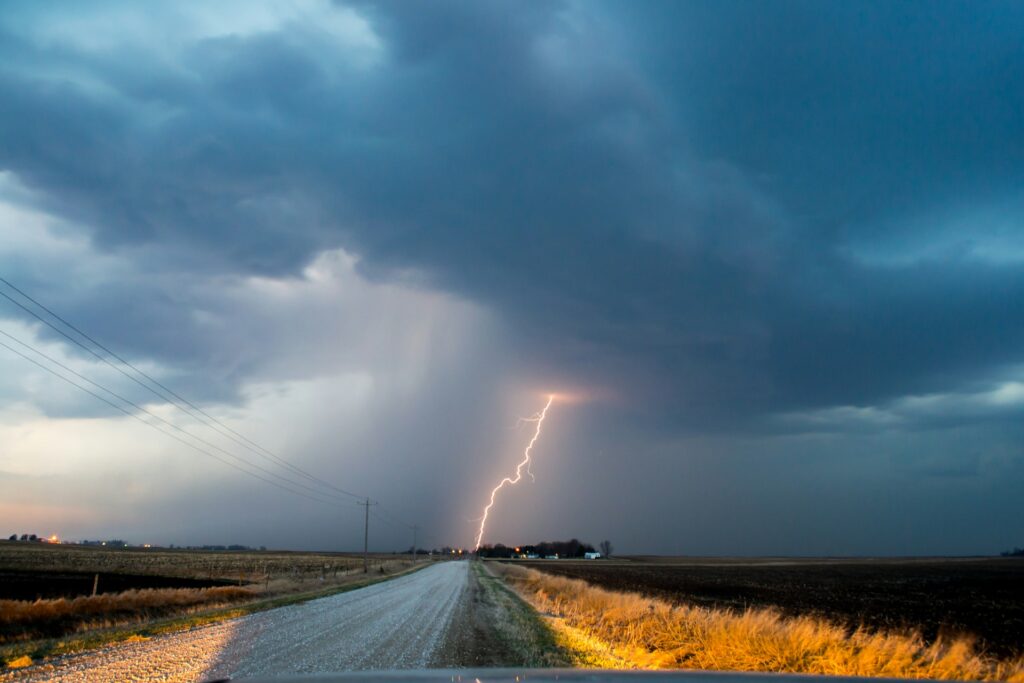
- It Has a Long Life Span
When properly treated and maintained, bamboo can last for decades, with some structures remaining intact for up to 50 years or more. Its natural resistance to pests and decay enhances its durability and suitability for long-term use. Additionally, because of its ability to withstand environmental factors like moisture and temperature fluctuations, it lasts even longer.
- It’s Incredibly Cost-Effective
Bamboo is a highly cost-effective material, making it an attractive option for small-scale and large construction projects. Its rapid growth allows for a more abundant supply, often leading to lower market prices. Furthermore, its lightweight nature reduces transportation costs and labor expenses as it requires less energy to move and workers can handle it more easily. This affordability, combined with its durability and strength, means that builders can achieve high-quality structures without breaking the bank.
- It’s a Convenient Construction Material
Its lightweight nature allows for quick handling and installation, reducing labor time and effort on-site. Additionally, construction workers can easily cut, shape and join the bamboo using various techniques. It enables builders to create innovative structures without specialized tools or equipment, streamlining the construction process. With bamboo, contractors can efficiently execute their projects while benefiting from a material that aligns with sustainable building practices.
- It’s Naturally Aesthetic
Bamboo boasts a natural beauty that enhances the appeal of any construction project. Its warm tones, unique textures and graceful lines bring a sense of tranquility and elegance to spaces, whether used in residential homes, public buildings or landscaping features. The organic look can blend seamlessly with various design styles, from traditional to modern, making it a favorite among architects and designers. You can leave bamboo in its natural state or treat it for a more polished finish, allowing for versatility in design while maintaining its charm.
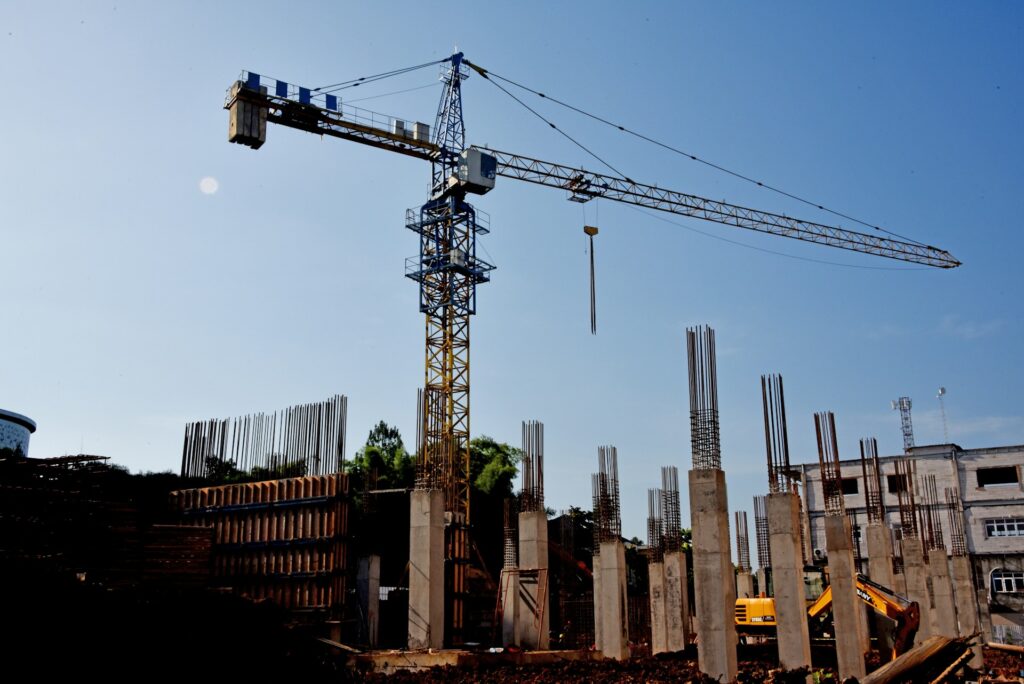
- It’s Available in Many Areas
Another standout feature is its widespread availability across various regions. Thriving in diverse climates, from tropical rainforests to temperate zones, bamboo can be found in many countries, making it accessible to construction workers globally. This local availability means that it can be sourced sustainably, minimizing the carbon footprint associated with transportation and promoting local economies.
- It Has Multiple Applications
Contractors can use bamboo for many different applications. From structural components like beans and scaffolding to decorative elements like flooring and furniture, bamboo can be utilized throughout a project. Designers can also use it in landscaping, creating beautiful outdoor spaces with pathways, fences and garden structures.
Is Bamboo a Good Construction Material?
As the construction industry looks toward a more sustainable future, bamboo stands out as an ideal solution for eco-friendly construction. Its rapid renewability and strength make it a powerful alternative to traditional materials like steel and timber. Whether you design a cutting-edge modern home or a functional public structure, bamboo offers numerous advantages, from cost savings to reduced environmental impact.
